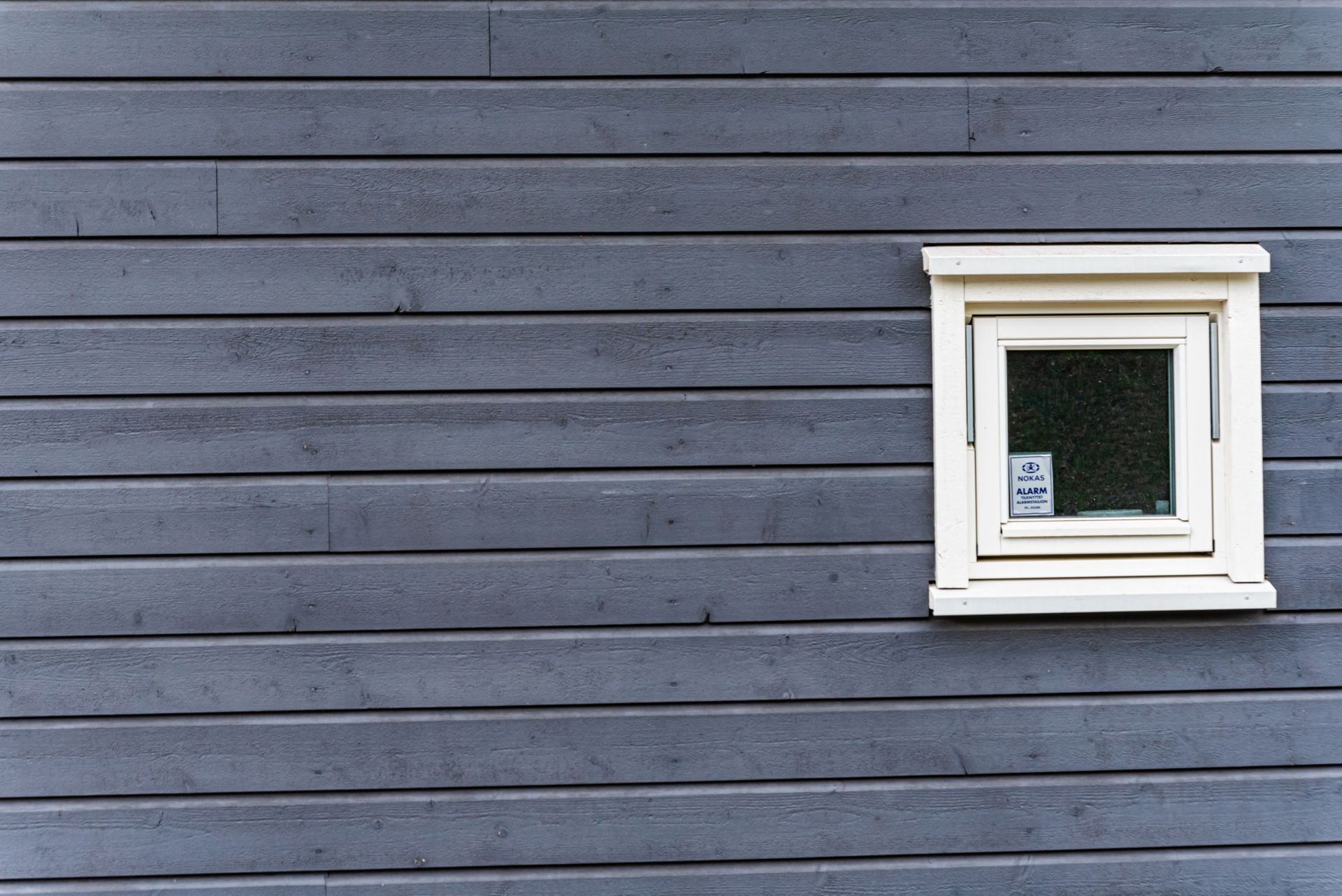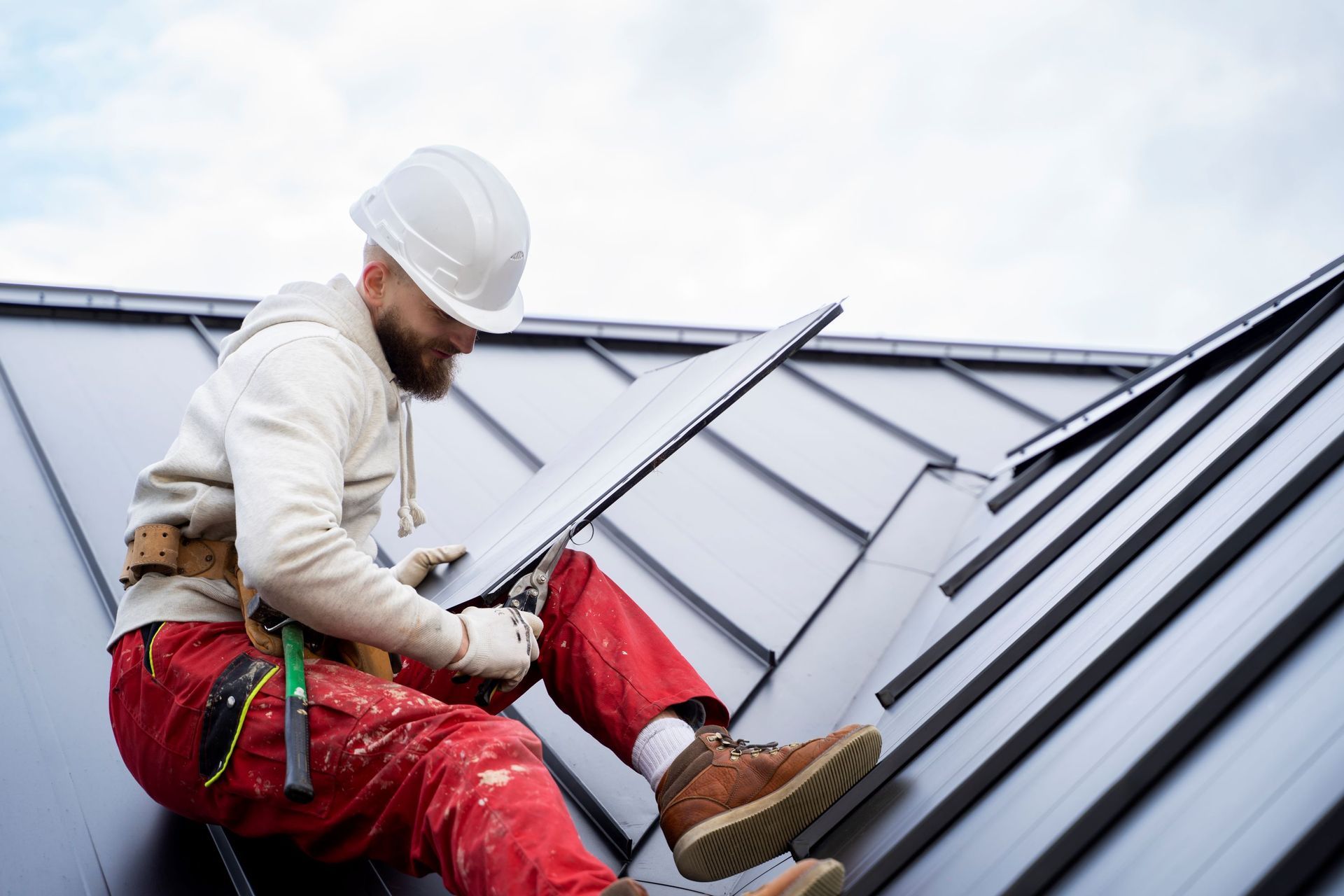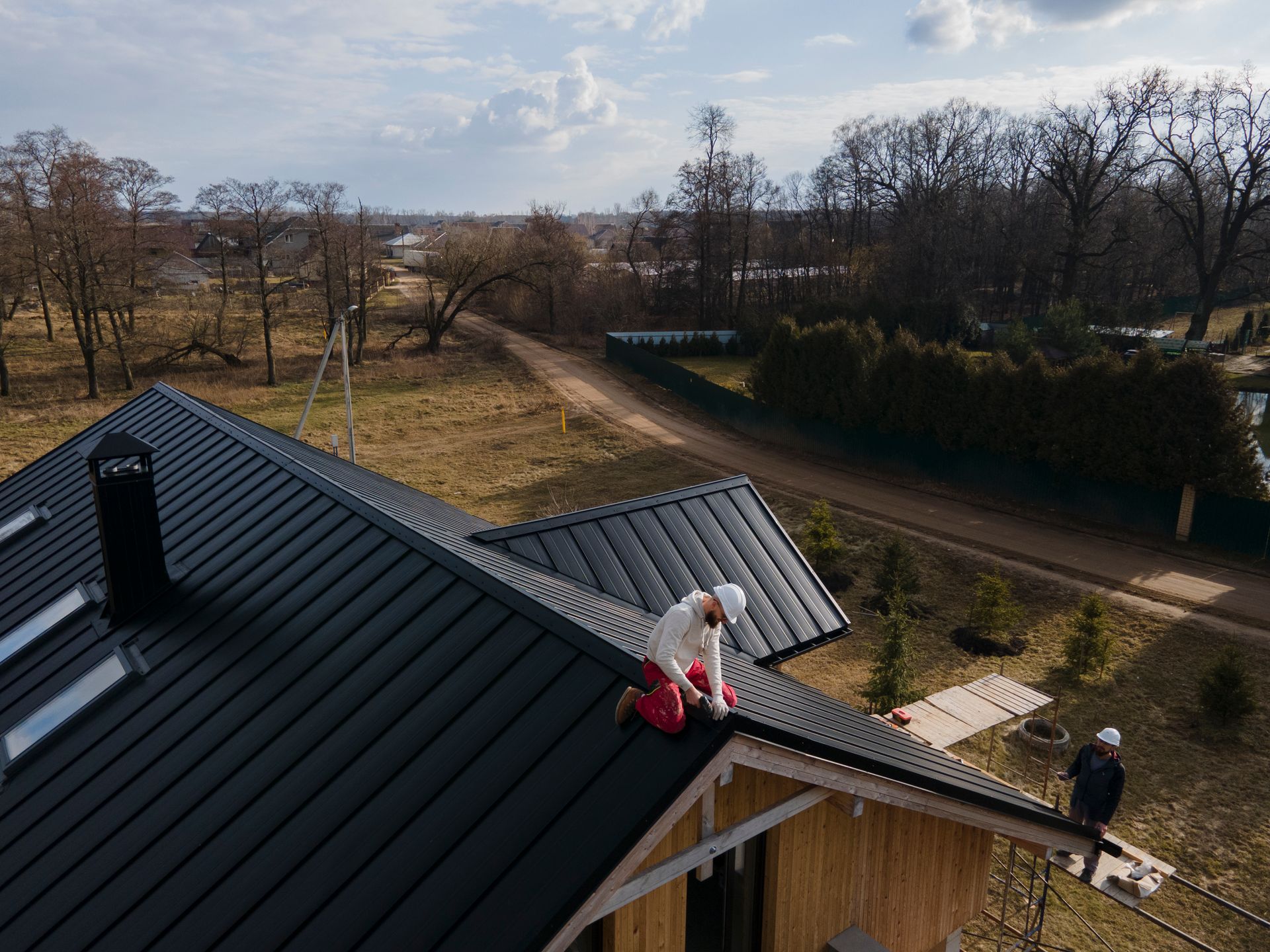How to Prepare Your Roof for Severe Weather Conditions?
As climate change accelerates, severe weather events are becoming more frequent and intense. From hurricanes to heavy snowfall, your roof—the first line of defense against the elements—bears the brunt of these conditions. Ensuring your roof is prepared for severe weather can save you thousands of dollars in repairs and provide peace of mind when storms approach. This comprehensive guide will walk you through the essential steps to fortify your roof against the worst that nature can throw at it.
Understanding Your Roof’s Vulnerabilities
Before diving into the preparation steps, it's crucial to understand your roof's potential weak points. These may include:
- Age of the Roof: Older roofs are more prone to damage. If your roof is over 20 years old, it may need a more thorough inspection or even a complete replacement.
- Type of Roofing Material: Different materials have varying levels of durability. Asphalt shingles, for example, may not hold up as well in high winds compared to metal roofing.
- Roof Design: Complex roof designs with multiple valleys, dormers, or skylights have more areas where water can collect, leading to potential leaks.
- Existing Damage: Any pre-existing damage, like missing shingles or small leaks, can worsen during severe weather.
Step 1: Conduct a Thorough Roof Inspection
A thorough inspection is the first step in preparing your roof for severe weather. Ideally, this should be done twice a year—before the start of the storm season and after winter.
- Inspect Shingles or Tiles: Look for any that are cracked, curled, missing, or loose. These are weak points where wind and water can penetrate.
- Check Flashing: Flashing is the metal or plastic barrier that seals roof joints and penetrations, such as around chimneys, skylights, and vents. Ensure it's intact and properly sealed.
- Inspect Gutters and Downspouts: Clogged or damaged gutters can lead to water pooling on your roof, increasing the risk of leaks and structural damage. Make sure they are clear and securely attached.
- Examine the Attic: Check the attic for any signs of water intrusion, such as damp insulation or water stains. This can help identify leaks that might not be visible from the roof’s exterior.
- Look for Mold or Algae: Mold, moss, or algae growth on your roof can indicate moisture problems. These organisms can damage your roof's integrity over time.
Step 2: Repair Any Damage Promptly
If your inspection reveals any damage, it's essential to address it immediately. Small issues can quickly escalate during severe weather, leading to more extensive and costly repairs.
- Replace Missing or Damaged Shingles: This is crucial for maintaining a watertight barrier. If you're not comfortable doing this yourself, hire a professional.
- Re-Seal Flashing: If you notice gaps or cracks in the flashing, reseal it with roofing cement or replace it if necessary.
- Fix Leaks: Any signs of leakage in your attic should be addressed immediately. Depending on the severity, this might involve simple repairs or more extensive work like replacing damaged sections of the roof.
- Clean and Repair Gutters: Ensure your gutters are free of debris and repair any sections that are sagging or detached from the roof.
Step 3: Strengthen Your Roof's Structure
In areas prone to high winds or heavy snowfall, reinforcing your roof's structure can prevent catastrophic damage.
- Install Hurricane Straps or Clips: These metal connectors secure the roof to the walls of your house, reducing the risk of your roof being blown off during a hurricane or tornado.
- Reinforce Roof Decking: The roof decking (the layer between the roof structure and the shingles) can be reinforced with additional nails or adhesive to make it more resistant to wind uplift.
- Add Roof Bracing: In areas prone to heavy snowfall, adding extra bracing in the attic can help your roof support the additional weight.
- Upgrade to Impact-Resistant Materials: Consider upgrading to shingles or tiles designed to withstand impact from hail or flying debris. These materials may also reduce your homeowner's insurance premiums.
Step 4: Ensure Proper Ventilation and Insulation
Proper ventilation and insulation are key to maintaining your roof’s integrity during extreme weather.
- Check Ventilation: Proper roof ventilation prevents moisture buildup in the attic, which can lead to mold, rot, and ice dams in winter. Ensure that soffit vents, ridge vents, and gable vents are clear and functioning properly.
- Insulate the Attic: Adequate insulation in the attic helps maintain a consistent temperature, reducing the risk of ice dams in cold climates and minimizing heat buildup in hot climates, which can damage shingles.
- Seal Gaps and Cracks: Any gaps or cracks in the attic should be sealed to prevent warm air from escaping in the winter, which can contribute to ice dams, or cool air in the summer, which can increase cooling costs.
Step 5: Prepare for the Storm Season
As storm season approaches, there are several proactive steps you can take to ensure your roof is ready to face severe weather.
- Trim Nearby Trees: Overhanging branches can break off during a storm and cause significant damage to your roof. Regularly trim any trees near your home to minimize this risk.
- Secure Outdoor Items: High winds can turn outdoor furniture, grills, or other objects into dangerous projectiles. Secure these items or bring them indoors before a storm hits.
- Install Storm Shutters: If you live in a hurricane-prone area, installing storm shutters can protect your windows from flying debris, reducing the risk of damage to your roof from broken glass.
- Review Your Insurance Policy: Ensure your homeowner’s insurance policy covers roof damage from severe weather. If not, consider purchasing additional coverage.
- Create an Emergency Kit: In case of power outages or damage to your home, have an emergency kit ready with essentials like flashlights, batteries, a first-aid kit, and non-perishable food.
Step 6: Post-Storm Inspection and Repairs
After severe weather passes, it's important to conduct another inspection to assess any damage and make necessary repairs promptly.
- Look for Visible Damage: After the storm, check for missing shingles, damaged flashing, or any debris on the roof.
- Inspect the Attic Again: Check the attic for new leaks or water stains that might have appeared during the storm.
- Document Any Damage: Take photos and notes of any damage for insurance purposes. Contact your insurance company as soon as possible to report the damage.
- Hire a Professional: If the damage is significant, hire a licensed roofing contractor to assess and repair your roof. Avoid going up on the roof yourself, as it may be unstable.
Step 7: Long-Term Maintenance and Upgrades
Preparing your roof for severe weather is not a one-time task; it requires ongoing maintenance and, in some cases, long-term upgrades.
- Regular Inspections: Continue to inspect your roof twice a year and after any major storms. Regular maintenance can extend the life of your roof and reduce the likelihood of costly repairs.
- Consider Upgrading Your Roof: If your roof is nearing the end of its lifespan or you live in an area with frequent severe weather, consider upgrading to a more durable roofing material, such as metal or impact-resistant shingles.
- Stay Informed: Keep an eye on weather forecasts, especially during storm season, and take any necessary precautions well in advance.
Your roof is your home's first line of defense against the elements, and taking the time to prepare it for severe weather is a wise investment in your property's long-term health and safety. By conducting regular inspections, making necessary repairs, reinforcing the structure, and staying proactive before and after storms, you can significantly reduce the risk of damage and ensure that your roof remains strong and secure, no matter what Mother Nature throws your way.
Whether you’re dealing with hurricanes, heavy snow, or high winds, these steps will help you protect your home, save on potential repair costs, and provide peace of mind when severe weather is on the horizon.
















